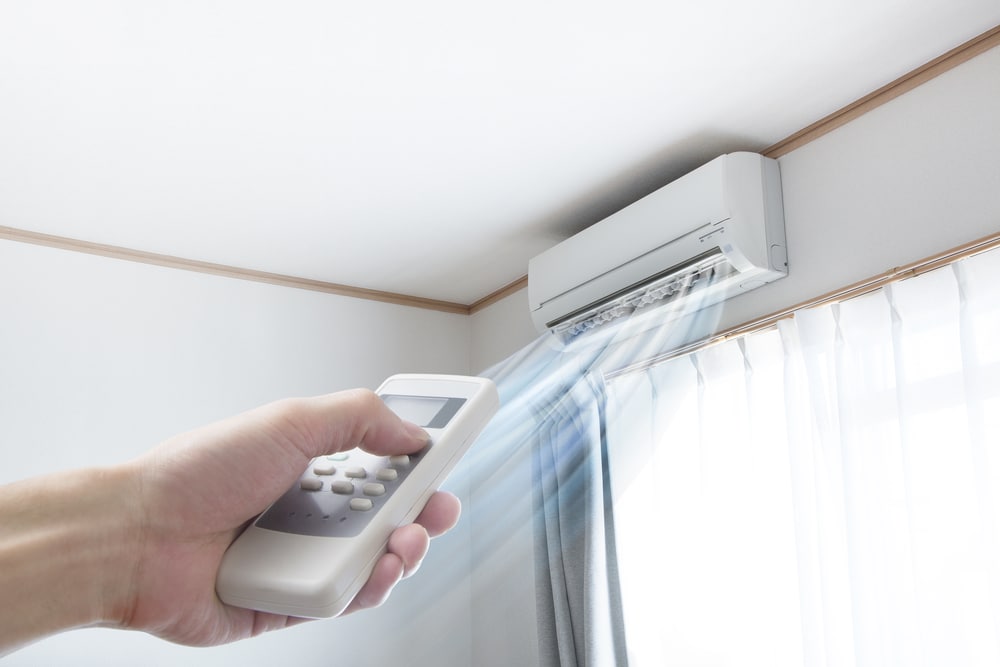
Reverse Cycle Air Conditioning is often a popular choice for those contending with the Brisbane and South East Queensland climate, particularly when it comes to Home Air Conditioning.
But there are many different types of air conditioners and it can certainly get confusing when you’re confronted with terms like:
So in this post we’ll demystify Reverse Cycle Air Conditioning and give you an overview of how it works and what it will do for you.
Put simply: reverse cycle refers to a style of air conditioner with both heating and cooling functions.
Reverse cycle is an air conditioner in which the refrigeration cycle can be reversed, producing heating instead of cooling. It’s really two systems in one that work in a most efficient way together.
When the reverse cycle unit is in cooling mode, it works like a normal air conditioner.
However, when your reverse cycle air conditioner is switched to heating mode:
An added bonus of reverse cycle air conditioners is they can also filter and dehumidify the air, making your environment more clean, pleasant… and healthy.
Reverse-cycle is a popular choice in places like SE Queensland that enjoy a mild winter, where the temperature averages between 4 to 13 °C.
That’s good news for those of us living in Brisbane where we rarely see the thermometer drop below 9 °C. And with Brisbane winters lasting just a couple of months, you may only need heating for a few weeks each year, but with reverse cycle being so efficient compared to other types of heating, you’ll be so grateful you made the investment.
The beauty of reverse cycle is you have so much control over everything. Here are a few of the functions you’ll find in most systems on the market today.

The other important thing to remember when choosing your air reverse cycle air conditioner is whether to use a split or a ducted system.
You will get detailed insights from our free Air Conditioner Buyer’s Guide, but in overview…
A split-system, reverse-cycle air-conditioner is used to cool or heat one room, say your lounge room, bedroom or nursery.
Ducted reverse cycle air conditioning on the other hand may be a better option when you want to heat or cool the entire house, or specified zones within the house.
Both ducted and splits consist of an indoor and outdoor unit.
With a split system, the indoor unit is placed on a wall, and the vents direct the air into the room.
With a ducted system, the indoor unit is placed in the roof space of your home and is connected to a series of vents within the house via ducting in your ceiling. Cool or warm air is circulated to all rooms via this system and it can be set to operate in selected areas.
For cooling your home through our balmy Brisbane summers or keeping you as warm as toast in those crisp winter months, reverse cycle is hard to beat.
It’s head and shoulders above gas, oil or electric when it comes to energy efficiency and performance and with power bills on the rise, saving dollars where you can is important.
Is a reverse cycle air conditioner right for you? Check out our free, downloadable Buyer’s Guide to learn more. And do call our friendly Acer Services team. We’d be happy to answer any questions you may have and walk you through the various options available. Simply click here to contact us!